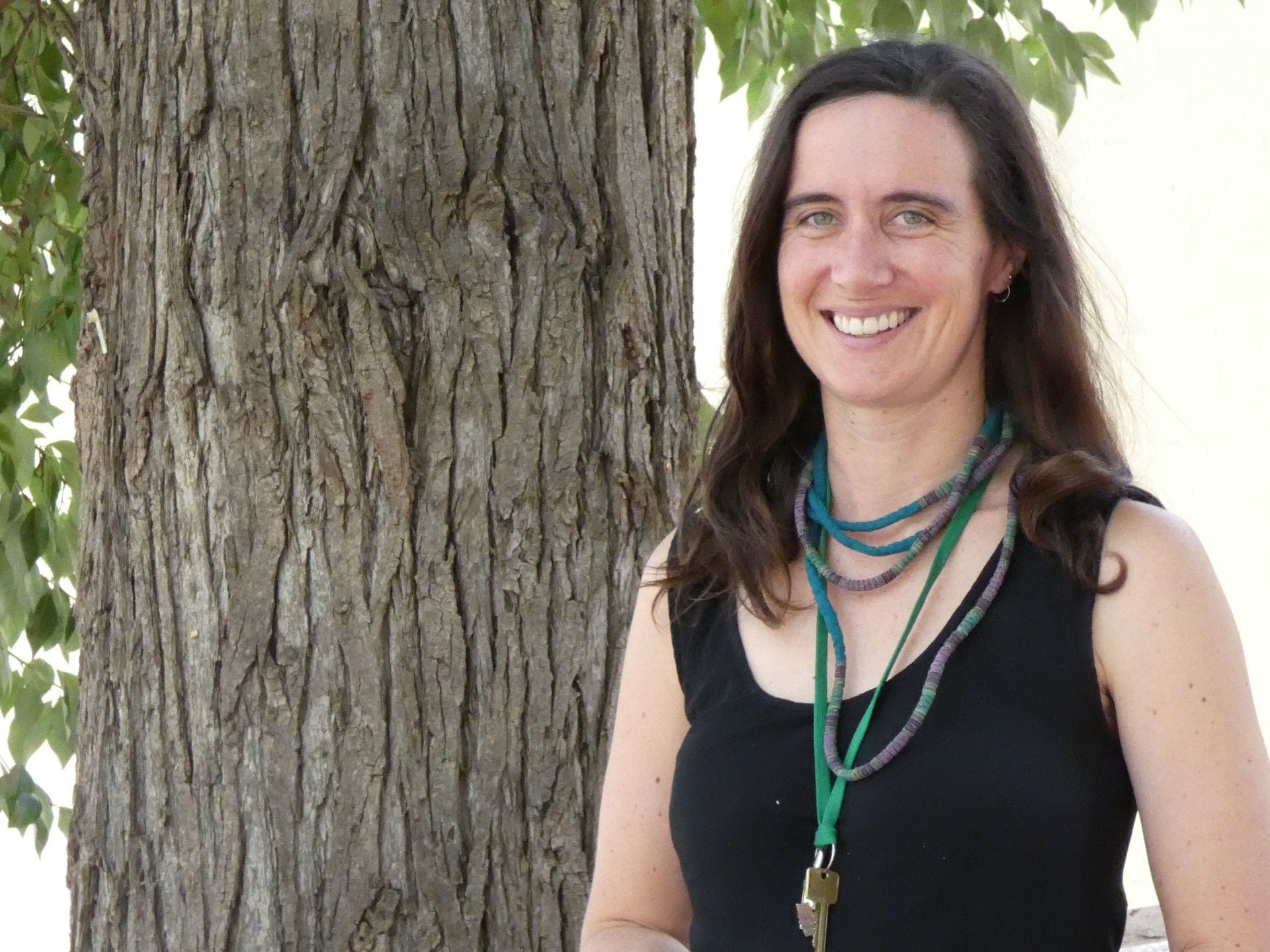UNE Literary Studies lecturer Jennifer Mae Hamilton has found an unusual niche.
Once an artist, producer and manager of a theatre company in inner Sydney, her city surroundings and an upbringing in Wollongong with “coal dust everywhere” inspired a shift in focus.
“I wanted to understand the political, historical and cultural dimensions of the environmental issues I was seeing and experiencing in Sydney, and bring my skills in art together with questions of the environment.”
Fortunately for Jen, at the time she was finishing her PhD thesis in 2013, the ‘environmental humanities’ was starting up in Australia. She really found her groove after a research stint in Sweden, for a postdoctoral fellowship.
“Environmental humanities research is often ‘in the field’ and this is quite weird for a literary historian by training, because we tend to sit in rooms and exclusively read and write. So this fellowship allowed me to experiment with how the two work together: how to be a literary historian and also get my hands dirty. There were so many highlights, I don’t know where to begin!
“I got swept up in the field. It snowballed into a series of amazing opportunities, culminating in my current job.”
The weather-related environmental imagery flows naturally for Jen, who has written a book, The Contentious Storm, about the wild storm in Shakespeare’s tragedy King Lear, and the different meanings that have been attached to it.
Her current research is around place, shelter and weather, and she’s co-convening a conference at UNE, Grounding Story, exploring the history, impact and relationship of people and land and environmental events.
“There are lots of scholars around the world working at this really interesting intersection of art and science. Science gives us the data about the world around us, but humanities looks at the impact of these realities on the way people think, behave and live,” Jen says.
“At an interdisciplinary meeting at Sydney University the other week – actually about water research – a Sydney surgeon told me, straight up, that he transplants peoples’ kidneys so they can read books and poetry. Obviously he does it to save lives in the first instance, but he basically equated living with engaging with the world critically and creatively.
“This is helpful in understanding the role of environmental humanities; it’s looking at how people critically and creatively engage with what’s around them materially and environmentally, and the history, politics and human interaction in all that.”
Grounding Story Conference runs from 13–15 February at UNE. Find out more at une.edu.au/groundingstory



Recent Comments